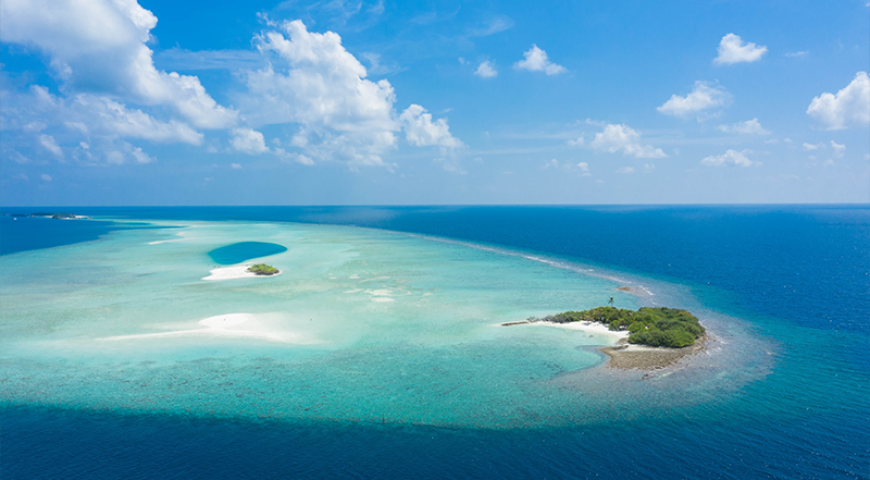
The Best Dive Sites in Maldives

The Best Dive Sites in Maldives
The Maldives is a true diver’s paradise, with 26 individual atolls, vast cobalt-blue lagoons, and idyllic tropical islands surrounded by fringing coral reefs. But with so many remote destinations, world-class dive sites, and inspiring underwater experiences to choose from, it’s difficult to know where to begin – so we’ve narrowed it down to assist you. And, after much deliberation, our group has decided on the best dive sites in the Maldives. Continue reading to find out which ones we think are the best.
The Maldives is well known for having some of the best scuba diving in the world. But which atolls in the Maldives currently offer the best scuba diving? Continue reading to find out.

Raa Atoll
Dive Site – Reethi Thila
Girifushi Thila is also known as Rainbow Reef due to its dazzling display of decorative corals. In fact, this location is also known as the world’s soft coral capital. This tower of boulders, loThe epitome of a typical Maldivian dive site is Reethi Thila. This submerged pinnacle is covered in overhangs and fractures that are home to a staggering array of different species. In fact, the abundance and variety of marine life at this location dive site make it difficult for even serious fish nerds to fill out their logbooks.cated in a protected channel between islands, has created a jumble of caves, cracks, and crevices, including The Chimney, a 25-metre vertical swim-through. This thila is home to grey reef sharks, eagle rays, tuna, and barracuda.
Dive Site – Fenfushi Giri
This impressive underwater pinnacle is well-known for its numerous overhangs. It is well known dive site in Maldiives. Napoleon wrasse and stingrays frequently hide beneath these ledges, while jacks, tuna, and even dolphins hunt just metres away. Aside from the big stuff, petite fire gobies and fairy basslets add splashes of tropical punch-like colour.
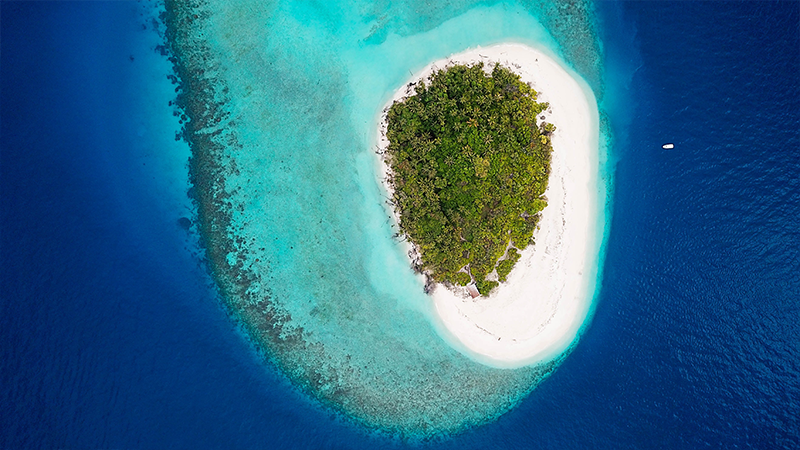
Baa Atoll
Dive Site – Hanifaru Bay
Hanifaru Bay, one of the Maldives’ most famous dive sites, delivers jaw-dropping manta ray and whale shark encounters year after year. Snorkeling among dozens, if not hundreds, of manta rays as they swoop and roll through plankton blooms like hungry synchronised swimmers is possible.
Dive Site – Dhigala Haa
Shark sightings have become increasingly popular at the protected marine sanctuary of Dhigala Haa, where several grey reef sharks are frequently spotted together. Schools of fish can also find refuge in a number of small caves and overhangs, and snapper, jacks, and barracuda are frequently spotted cruising in the distance.
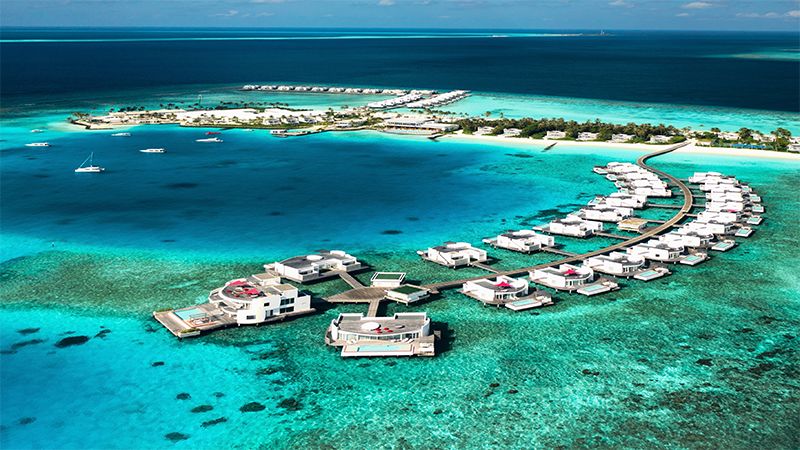
North Male Atoll
Dive Site – Girifushi Thila
Girifushi Thila is also known as Rainbow Reef due to its dazzling display of decorative corals. In fact, this location is also known as the world’s soft coral capital. This tower of boulders, located in a protected channel between islands, has created a jumble of caves, cracks, and crevices, including The Chimney, a 25-metre vertical swim-through. This thila is home to grey reef sharks, eagle rays, tuna, and barracuda.
Dive Site – Manta Point
This site is well-known for providing consistent encounters with large numbers of manta rays by combining several cleaning stations in one location. Divers can also witness rare cyclone feeding behaviour as the rays scoop up mouthfuls of plankton in perfect unison during the right season. There are also whitetip reef sharks, Napoleon wrasse, and barracuda to be seen.
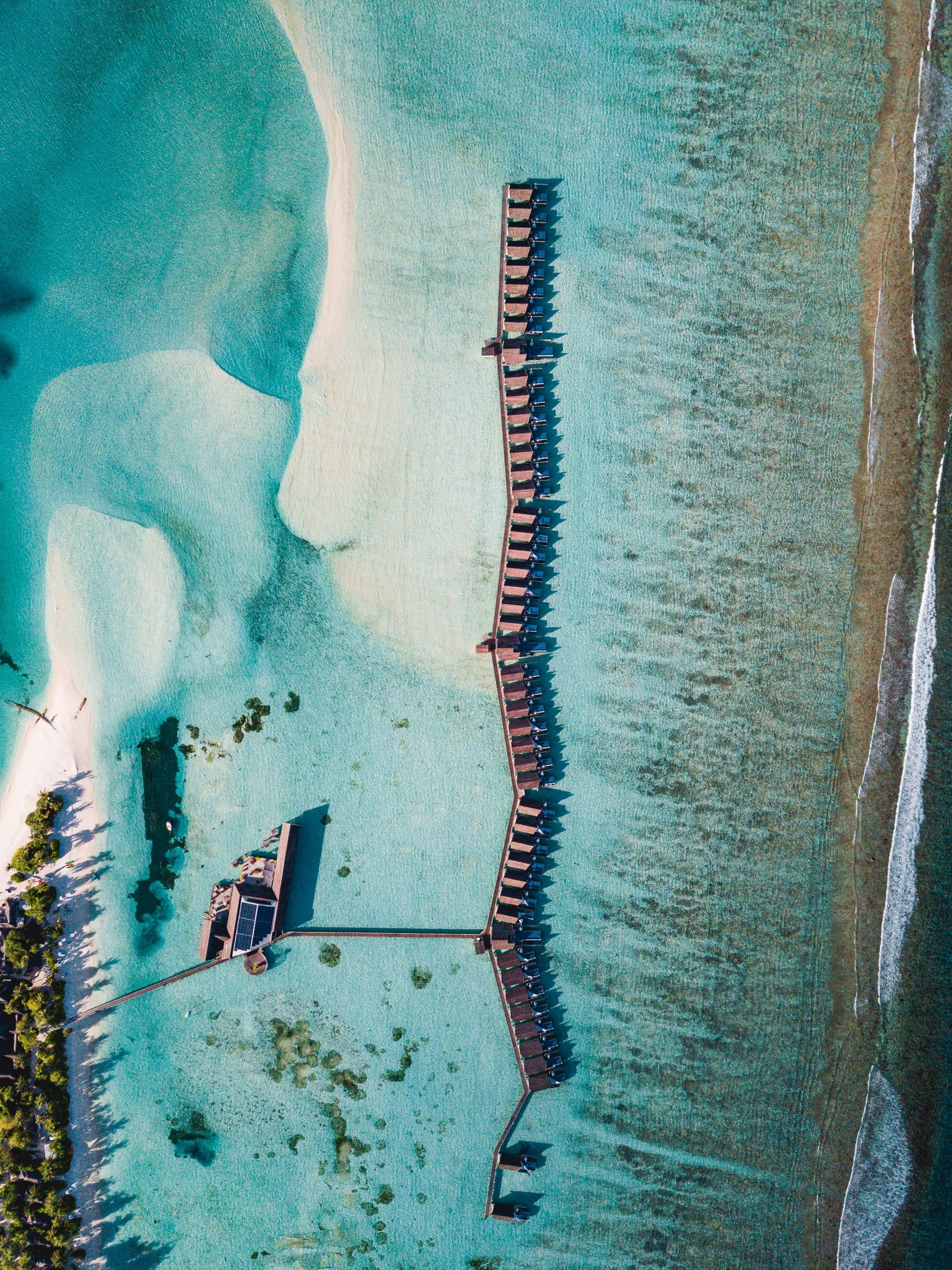
South Ari Atoll
Dive Site – Maamigili Reef
One thing is certain: you’re never far from a whale shark in South Ari, and the atoll is undoubtedly best known for its epic encounters with this incredible creature. Maamigili, located within the South Ari Marine Protected Area in the far south of the atoll, is the best place to see these massive sharks. Indeed, whale shark sightings are almost guaranteed at Maamigili throughout the year, and lucky visitors can swim alongside them as they meander gracefully above the reef.
Dive Site – Machchafushi Wreck
This dive site, also known as the Kudhimaa shipwreck and intentionally sunk in 1998, is a haven for underwater photographers due to its abundance of macro life. Frogfish, ghost pipefish, and nudibranchs are all popular. The wreck is upright and intact, with exploration areas ranging in depth from 12 to 30 metres. Its propeller, wheelhouse, and coral crusted exterior also make for great wide-angle photography.
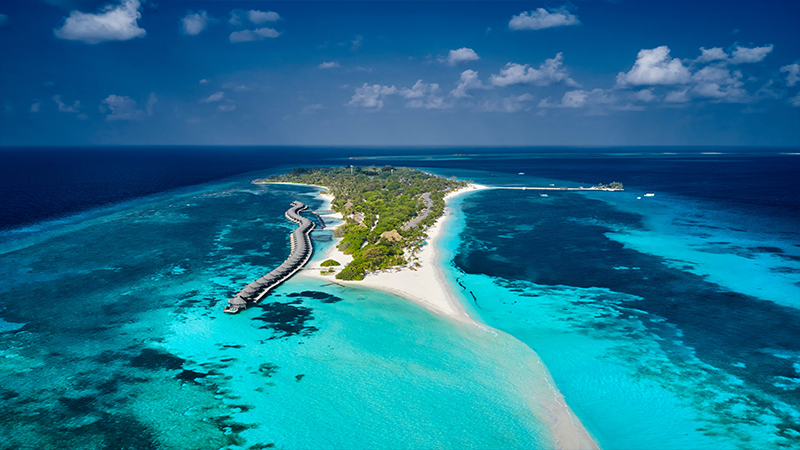
Lhaviyani Atoll – Dive Sites
Dive Site – Shipyard
This dive site is instantly recognisable, with a vessel’s bow thrusting from the surface like a breaching whale. Divers and snorkelers alike are drawn to the protruding hulk, while an adjacent wreck lies 30-metres below, providing ample opportunity for deeper exploration. The currents have encouraged a healthy coral cover, and this site is home to beautiful schools of reef fish, Napoleon wrasse, and pelagics such as nurse sharks and grey reef sharks.
Dive Site – Kuredu Express
This dive site, as the name implies, can be fast-paced and completely furious – a must for advanced divers. Divers can see grey reef sharks, eagle rays, tuna, jacks, barracuda, and other pelagic species while looking across the sandy channel. A couple of sheltered bays with plenty of healthy coral growth also provide a welcome respite.
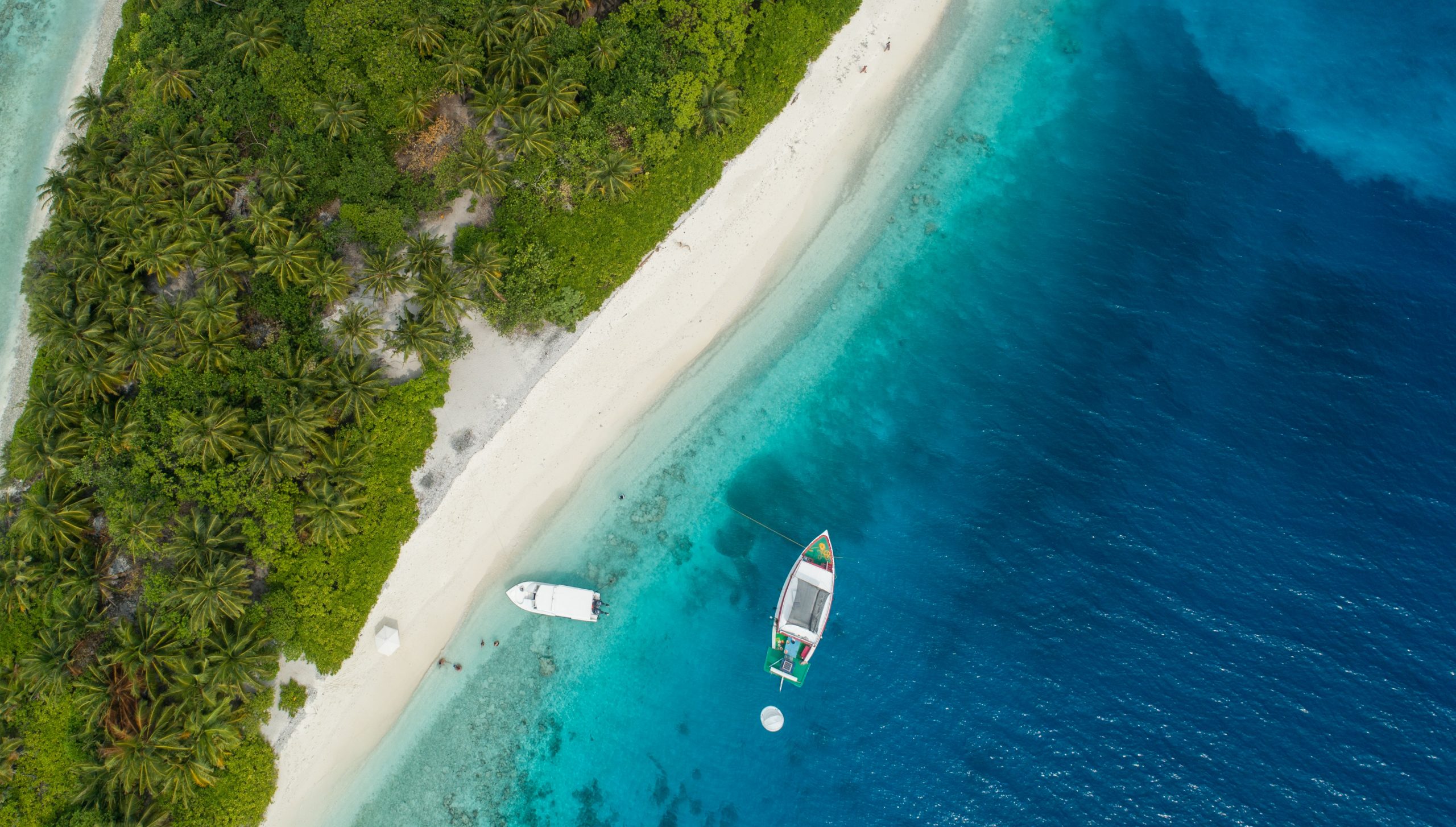
Vaavu Atoll – Dive Sites
Dive site – Alimatha Jetty
Alimatha Jetty is a must-see for many divers due to its regular feeding frenzy. Even as the sun sets behind the waves, this location has plenty to offer. Nurse sharks and whiptail rays can be found resting on the sand, as well as blacktip sharks and giant trevally hunting in the pitch-black darkness. A night dive here, beautifully illuminated by the jetty lights, can be a photographer’s dream.
Dive site – Fotteyo Kandu
Fotteyo Kandu is definitely one of the best dive sites in Vaavu, if not the Maldives. It features many of the region’s iconic overhangs. Divers can also find a series of caves between 25 and 40 metres deep that have been well colonised by colourful soft corals – a photographer’s paradise. This narrowly carved channel is home to large schools of trevally, jacks, and tuna, as well as grey reef sharks and passing hammerheads.

South Male Atoll
Dive Site – Guraidhoo Corner
Guraidhoo Corner, located in the protected Guraidhoo Channel, is a fantastic dive site with immense diversity and washing machine-like currents. Schools of reef fish, as well as tuna, trevally, and plenty of groupers, are common. Many visitors enjoy seeing the iconic friendly Napoleon wrasse, as well as grey and whitetip reef sharks.
Dive Site – Cocoa Thila
Cocoa Thila is arguably one of the best dive sites in the Maldives when conditions are ideal. Divers can drift purposefully along this 400-meter pinnacle with the right current, gazing at tuna, trevallies, and eagle rays that hunt beyond the drop-off. Grey reef sharks are also known to patrol the area. Divers will appreciate several sheltered caverns that provide a welcome respite from the current.
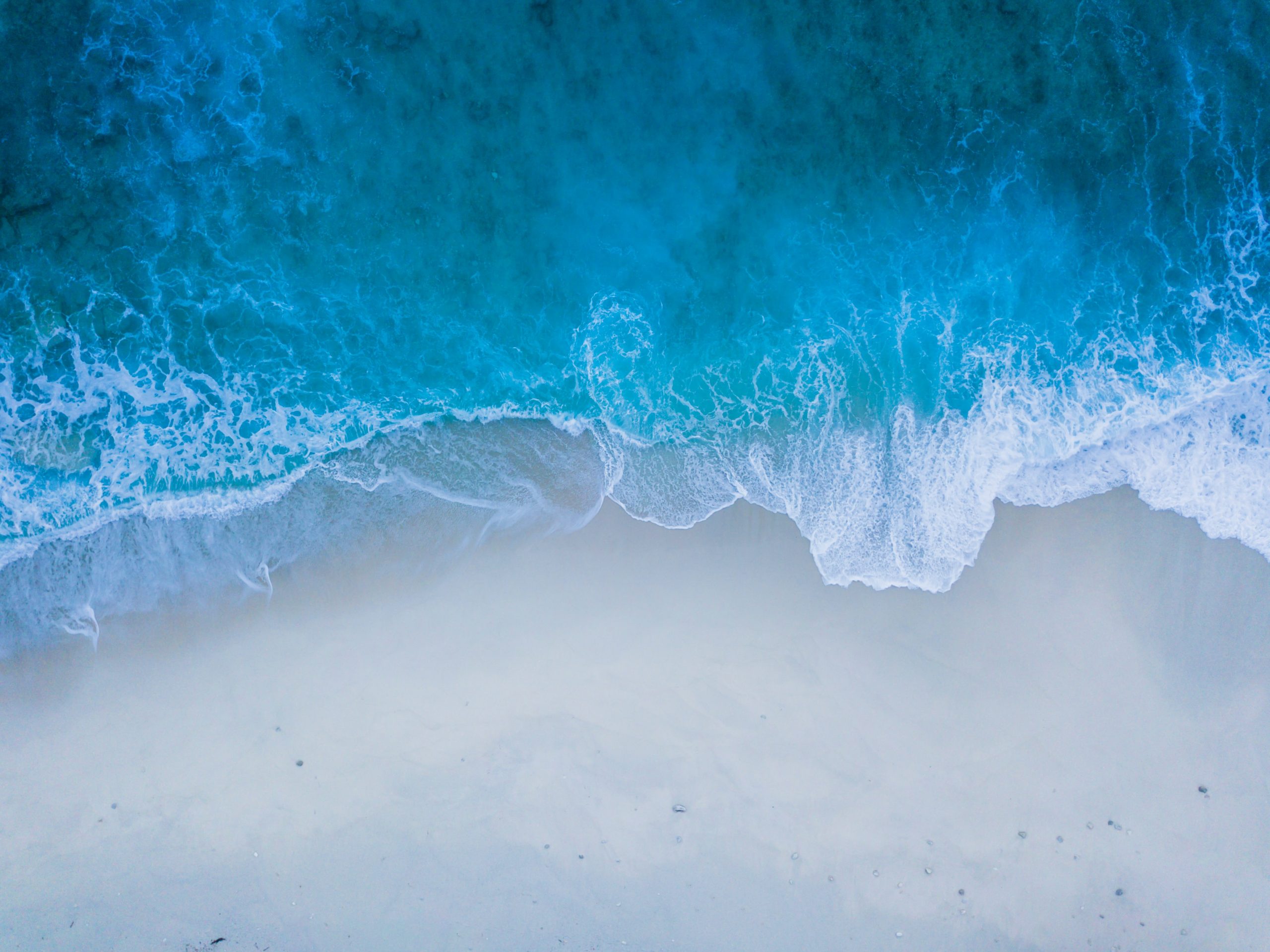
Fuvahmulah Atoll
Dive site – Farikede
In contrast to other Maldivian atolls, Fuvahmulah has no reef mantas. Instead, this atoll accounts for 80 percent of all oceanic manta ray sightings in the country. Farikede is a 40-metre-deep shelf plateau that extends out from Fuvahmulah’s southernmost tip. Without a doubt, this is the best location in the Maldives for encounters with these incredible creatures.
Dive site – Tiger Zoo
The only location in Asia that guarantees tiger shark sightings every day of the year. Although the sharks were only discovered in 2017, it is believed they have been feeding on fish market waste for many years. Divers are sometimes greeted by dozens of these magnificent creatures, which can grow to be five metres long!
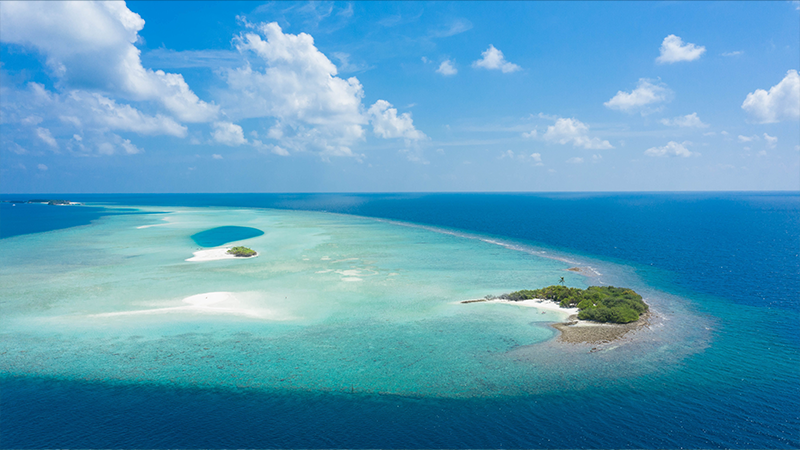
Rasdhoo Atoll
Dive Site – Rasdhoo Madivaru
Rasdhoo Madivaru is a horseshoe-shaped reef with a complex tangle of overhangs, cracks, and crevices that serves as a stunning backdrop for some incredible action. Divers can expect to see grey and whitetip reef sharks, manta rays, eagle rays, and stingrays, as well as schools of barracuda, trevally, and jacks. Silvertips, hammerheads, and guitar sharks have been spotted on occasion, as have dolphins feasting on garden eels!
Dive Site – Hammerhead Point
With quick drop-offs plunging to depths of 200 metres, this world-famous dive site is one of the few places left where you can get up close and personal with hammerhead sharks. As you drop in at sunrise and wait for schools of hammerheads to arrive from the depths, you can see sparkling plankton illuminating your descent. An experience you will never forget.

North Ari Atoll
Dive Site – Fesdhoo Lagoon
Fesdhoo lagoon is home to one of the most unique underwater experiences in North Ari Atoll. A small population of manta rays congregates in these shallow, protected waters at night, beneath the lights of liveaboards. Divers can float above the sand as manta rays swoop and barrel-roll around them. And, if you’re really lucky, you might see the mantas engage in their unusual cyclone feeding behaviour.
Dive Site – Maaya Thila
This bustling thila is one of the most popular dive sites in the Maldives and is frequently ranked as one of the best dive sites on the planet. While there is plenty to see in the shallows, such as nudibranchs, frogfish, and octopuses, the real show here takes place at depth. Schools of hungry trevally, patrolling grey and whitetip reef sharks, eagle ray squadrons, and solitary guitar sharks can all be seen.
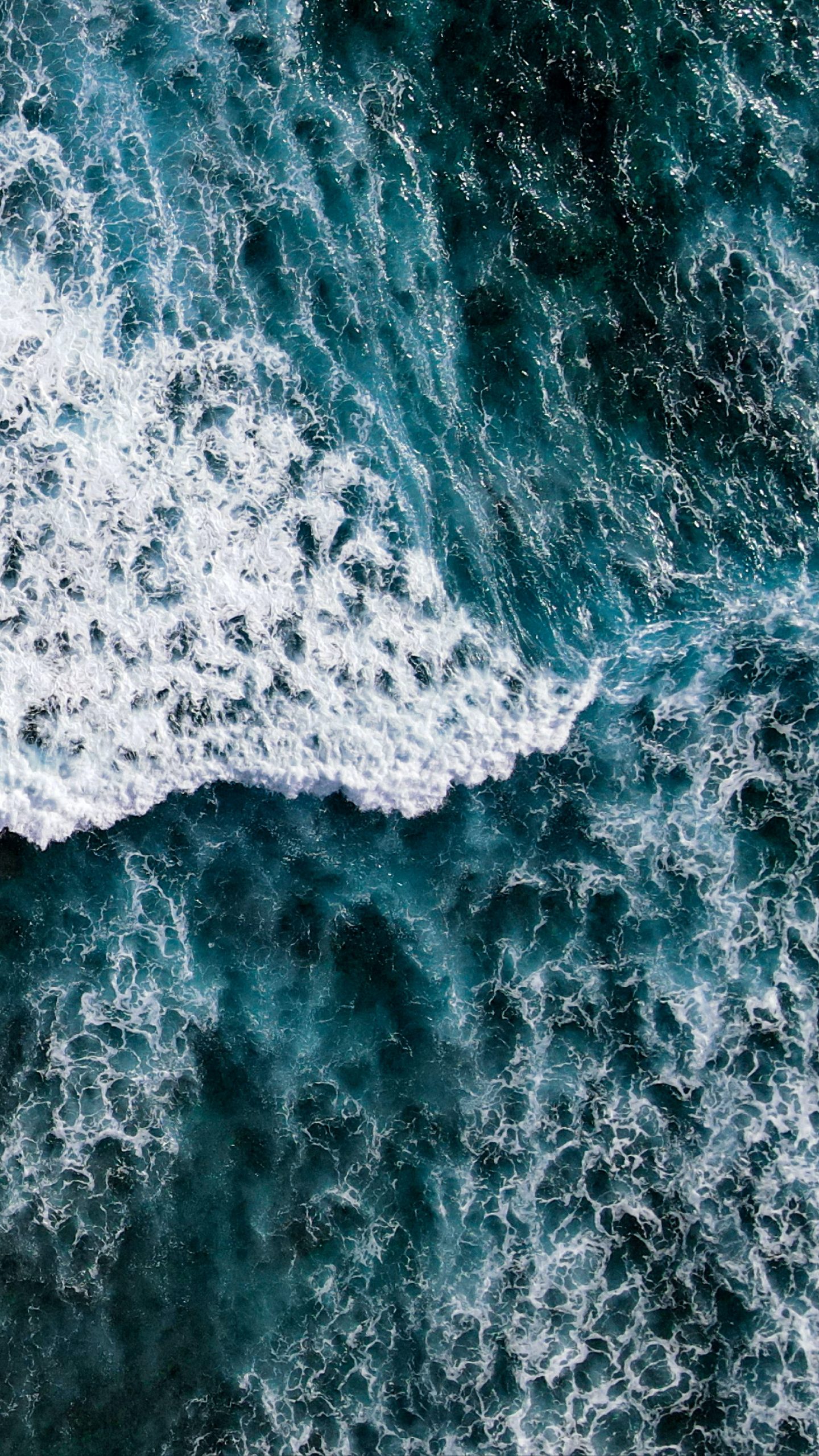
Addu Atoll – Dive Site
Dive site – British Loyalty Wreck
The British Loyalty is the largest wreck in the Maldives, measuring 134 metres in length and weighing nearly 6,000 tonnes. The vessel’s body ranges in length from 15 to 35 metres and is covered in a variety of table corals, soft corals, and Gorgonians. Several large openings provide a glimpse into the vessel’s previous life, and a couple of them even punch straight through, revealing the blue beyond.
Dive site – Shark Hotel
The reef drops away to a plateau around 30-meters deep on the northeast tip of Addu Atoll. This sandy bed is patrolled by small groups of grey and whitetip reef sharks, earning it the nickname Shark Hotel. The reef drops off again beyond the plateau, reaching depths of over 60 metres. Larger sharks can be seen circling in the deep when visibility allows.

